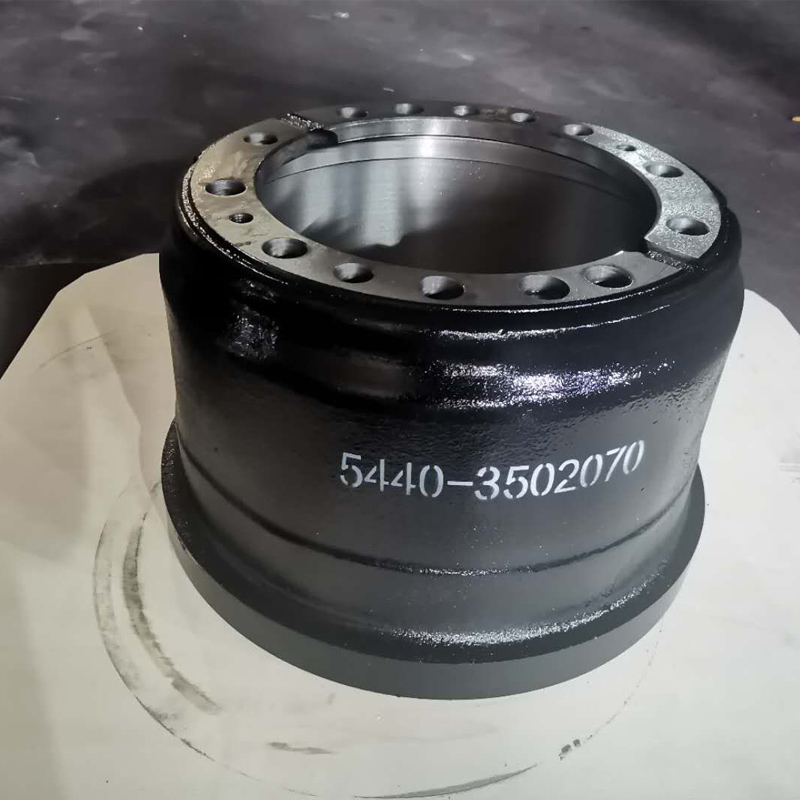Th8 . 14, 2024 02:23 Back to list
Comprehensive Guide to Replacing Rear Drum Brakes for Optimal Vehicle Performance and Safety
Rear Drum Brakes Replacement A Complete Guide
Rear drum brakes are a crucial component of a vehicle's braking system, playing a vital role in ensuring safety while driving. Unlike disc brakes, drum brakes operate on a different principle. When the brake pedal is pressed, the brake shoes expand against the interior of a drum to create friction that slows the vehicle. Over time, wear and tear can affect their performance, necessitating their replacement. In this article, we will explore the indications that your rear drum brakes need replacing, the process involved in the replacement, and some tips to ensure the job is done correctly.
Signs Your Rear Drum Brakes Need Replacement
Understanding when it's time to replace your rear drum brakes is essential for maintaining optimal vehicle performance. Common signs of wear include
1. Reduced Braking Power If you notice that your vehicle takes longer to stop, it may be a sign of worn-out brake shoes or drums. 2. Unusual Noises Squeaking, grinding, or scraping sounds when you apply the brakes can indicate that the brake shoes are worn thin or the drum is damaged. 3. Vibration If you feel vibrations in the brake pedal, it might indicate uneven wear on the drum or an issue with the brake shoes. 4. Warning Light Many modern vehicles come equipped with warning lights that alert you to potential brake issues. Ignoring these can lead to more severe problems.
The Replacement Process
Replacing rear drum brakes is a task that can be performed as a DIY project, but it requires basic mechanical skills and tools. Here's a step-by-step guide to the replacement process
1. Gather Necessary Tools and Parts Before starting, ensure you have all the necessary tools, including a jack, jack stands, lug wrench, brake spring tool, and the new brake shoes and drums.
2. Lift the Vehicle Use the jack to lift the rear of the car and secure it with jack stands. Remove the rear wheels using the lug wrench.
3. Remove the Drum Locate the screws or clips holding the drum in place. If the drum appears stuck, you may need to tap it gently with a rubber mallet.
rear drum brakes replacement

4. Inspect Components Once the drum is off, inspect the brake shoes, springs, and hardware for wear or damage. Make sure to clean any accumulated dust or debris from the assembly.
5. Remove Old Brake Shoes Detach the old brake shoes by removing the retaining springs and the hold-down clips. Take note of how everything is assembled for easier reinstallation.
6. Install New Shoes Place the new brake shoes in the same configuration as the old ones. Secure them with the retaining springs and clips.
7. Reinstall the Drum Place the drum back onto the hub, ensuring it spins freely. If there is resistance, check that the shoes are properly adjusted.
8. Reattach the Wheel Once everything is back in place, reinstall the wheel and lower the vehicle.
9. Test the Brakes Before driving, pump the brake pedal a few times to ensure that the new shoes make contact with the drum properly.
Safety Tips
Always prioritize safety when working on your vehicle. Make sure the vehicle is on a stable surface, and never work under a vehicle supported only by a jack. If you are unsure about any part of the process, consulting a professional mechanic is advisable to prevent accidents and ensure that the job is done correctly.
Conclusion
Replacing rear drum brakes is an essential maintenance task that can significantly improve your vehicle's braking performance. By recognizing the signs of wear and following a detailed replacement process, you can ensure your car remains safe and reliable. Whether you choose to undertake this task yourself or seek professional help, understanding the importance of functioning rear drum brakes is key to vehicle safety.
-
Brake Drum Man - High-Quality Drum Brake Drums & Brake Shoes for Reliable Performance
NewsJun.24,2025
-
High-Quality Brake Drum Kamaz – Durable Drum Brake Drum & Brake Shoe Replacement
NewsJun.10,2025
-
High-Quality Brake Drum Liza for Drum Brake Systems - Superior Durability and Performance
NewsJun.10,2025
-
High-Quality Brake Drum Kamaz – Durable Drum Brake Drum & Brake Shoe Solutions
NewsJun.10,2025
-
Durable Kamaz Brake Drums High-Performance Truck Parts
NewsJun.09,2025
-
Premium Brake Drum Maz Kit with Shoes Enhanced Braking
NewsJun.09,2025
